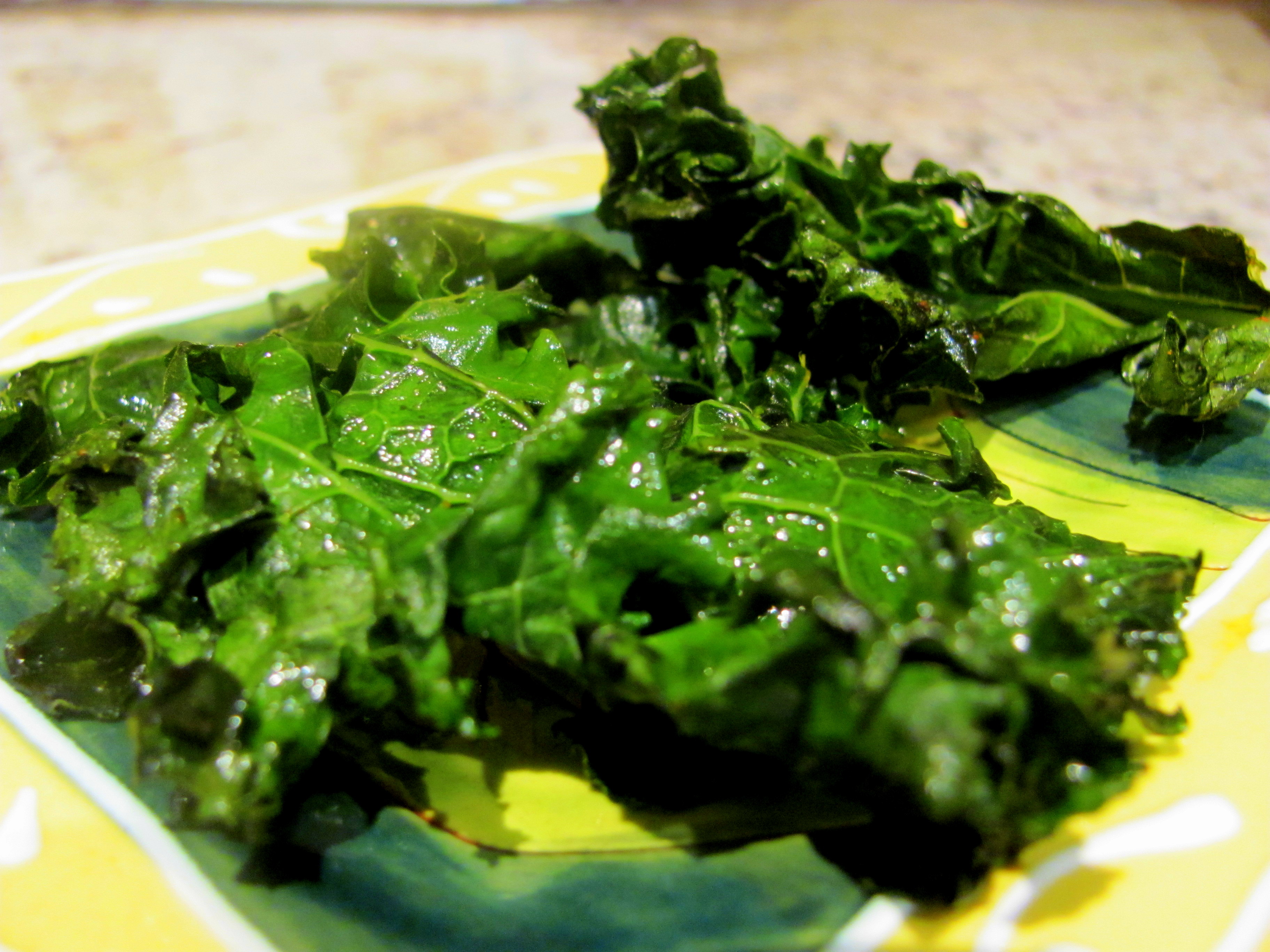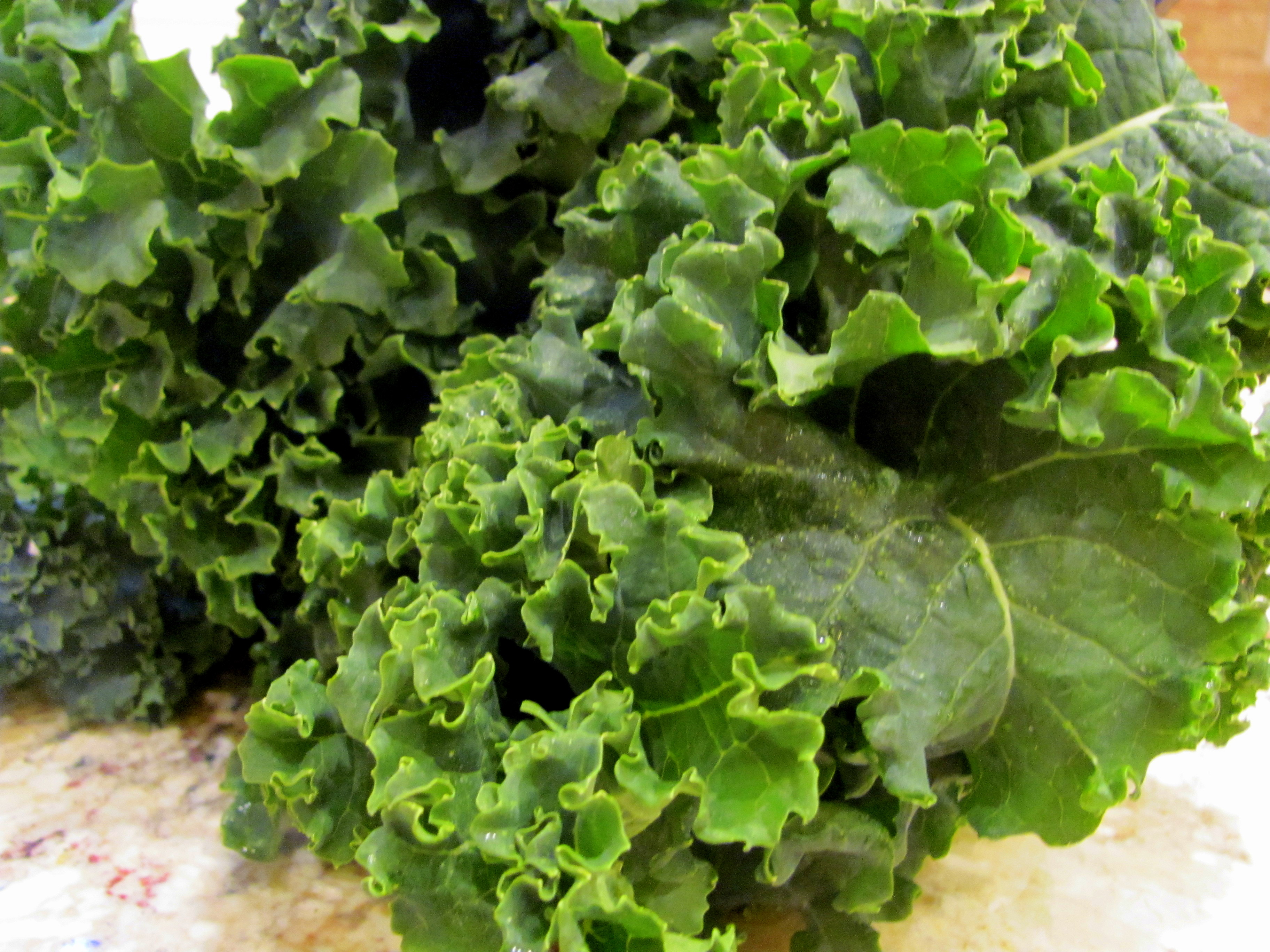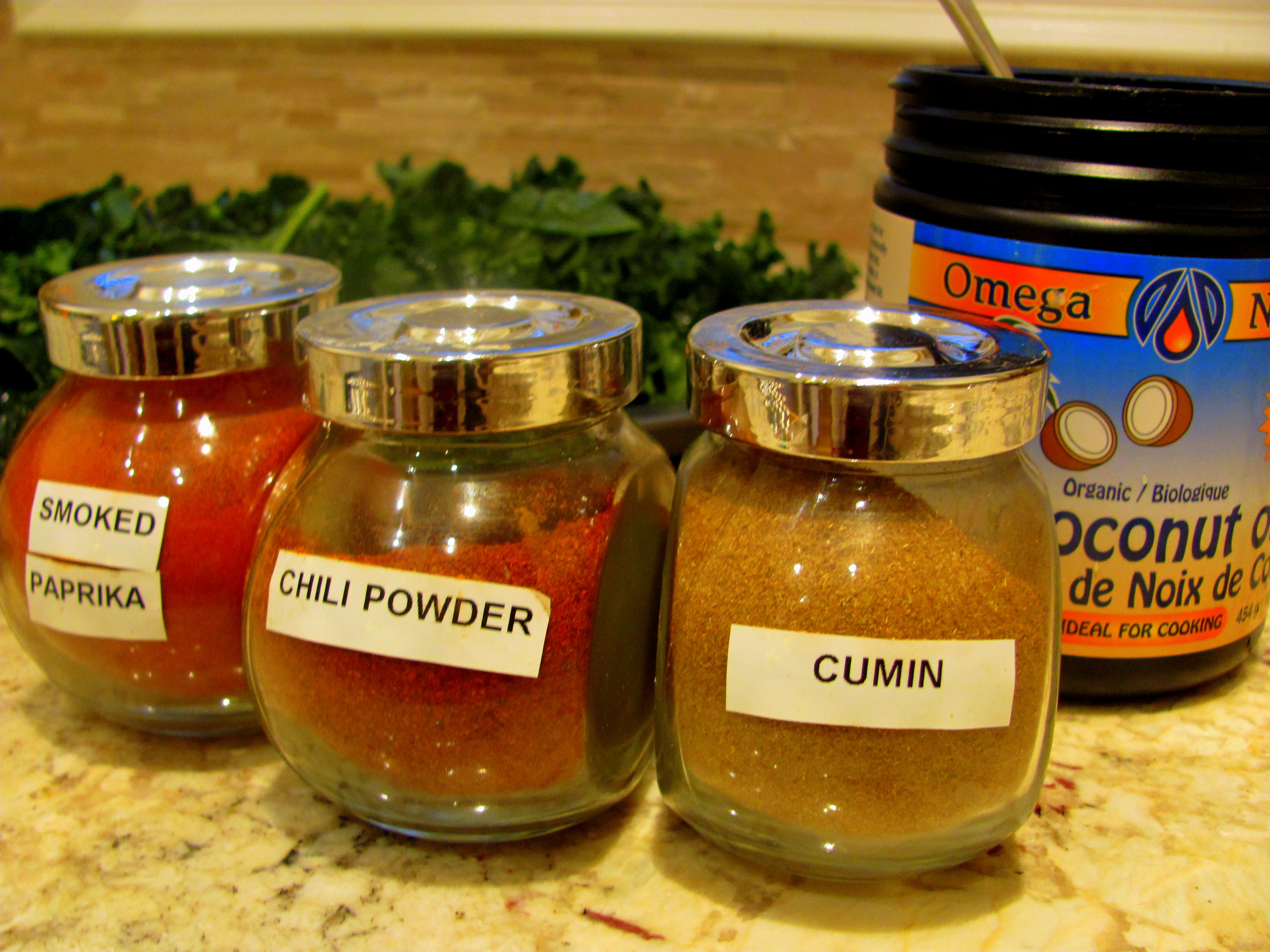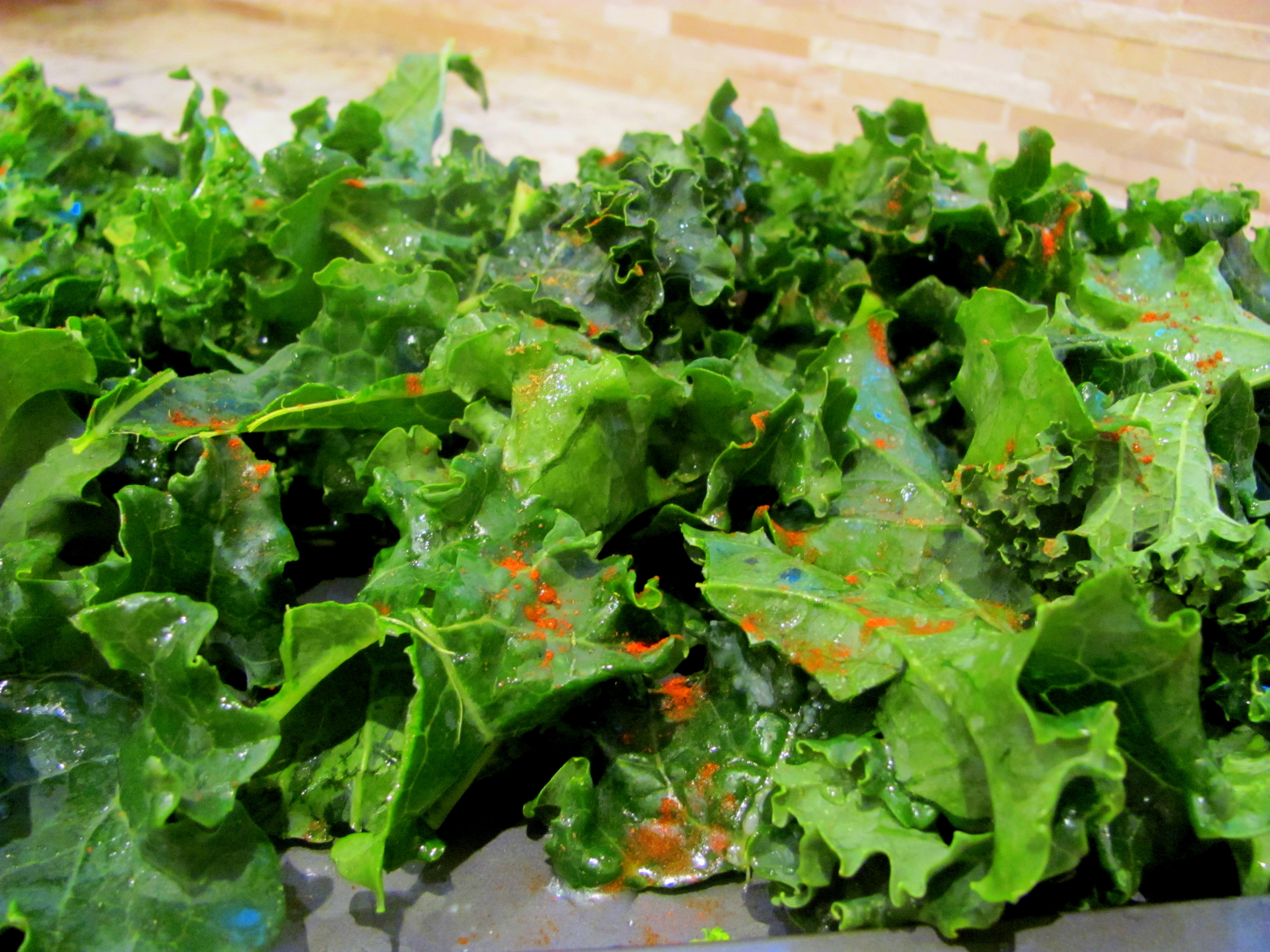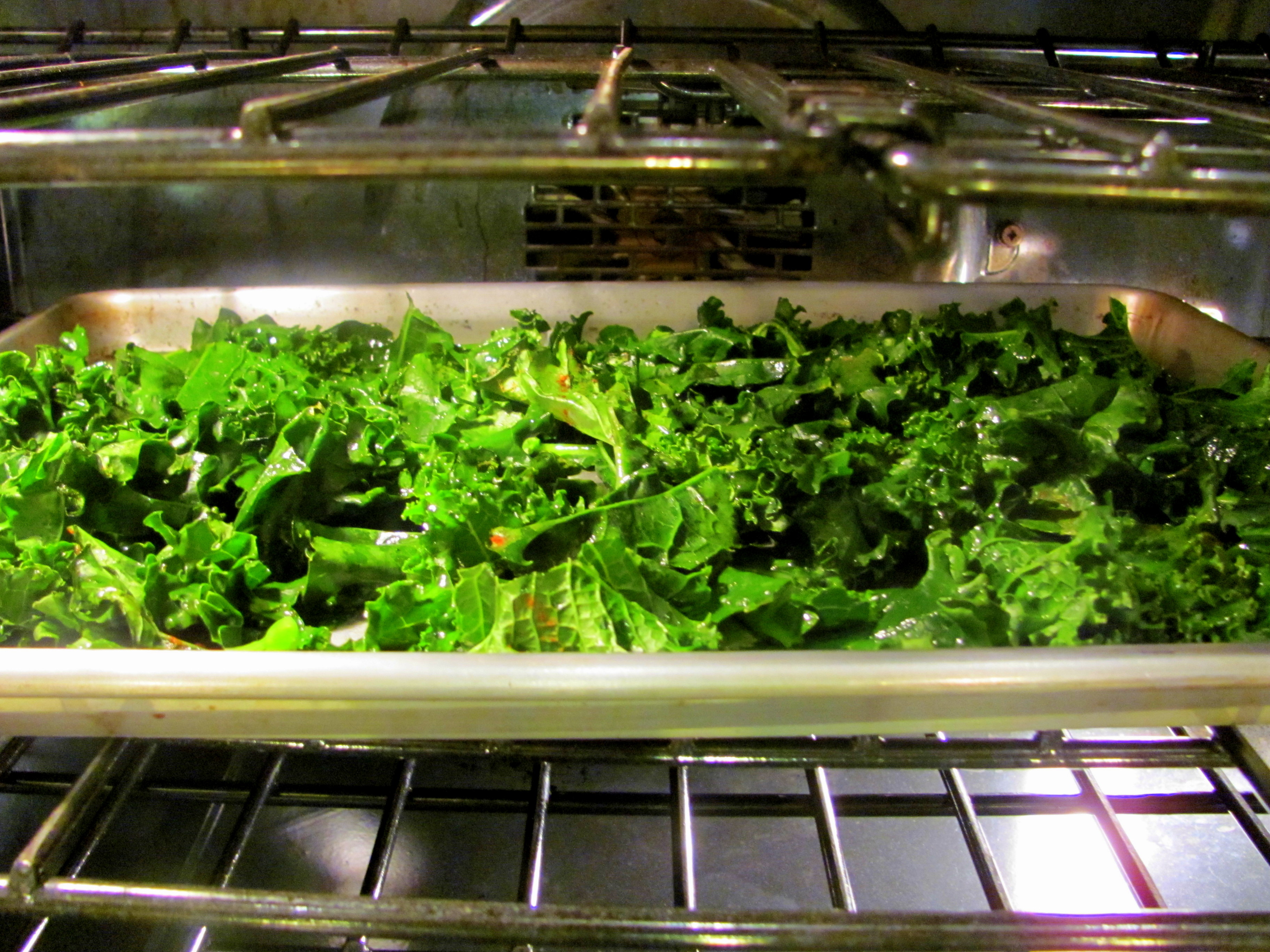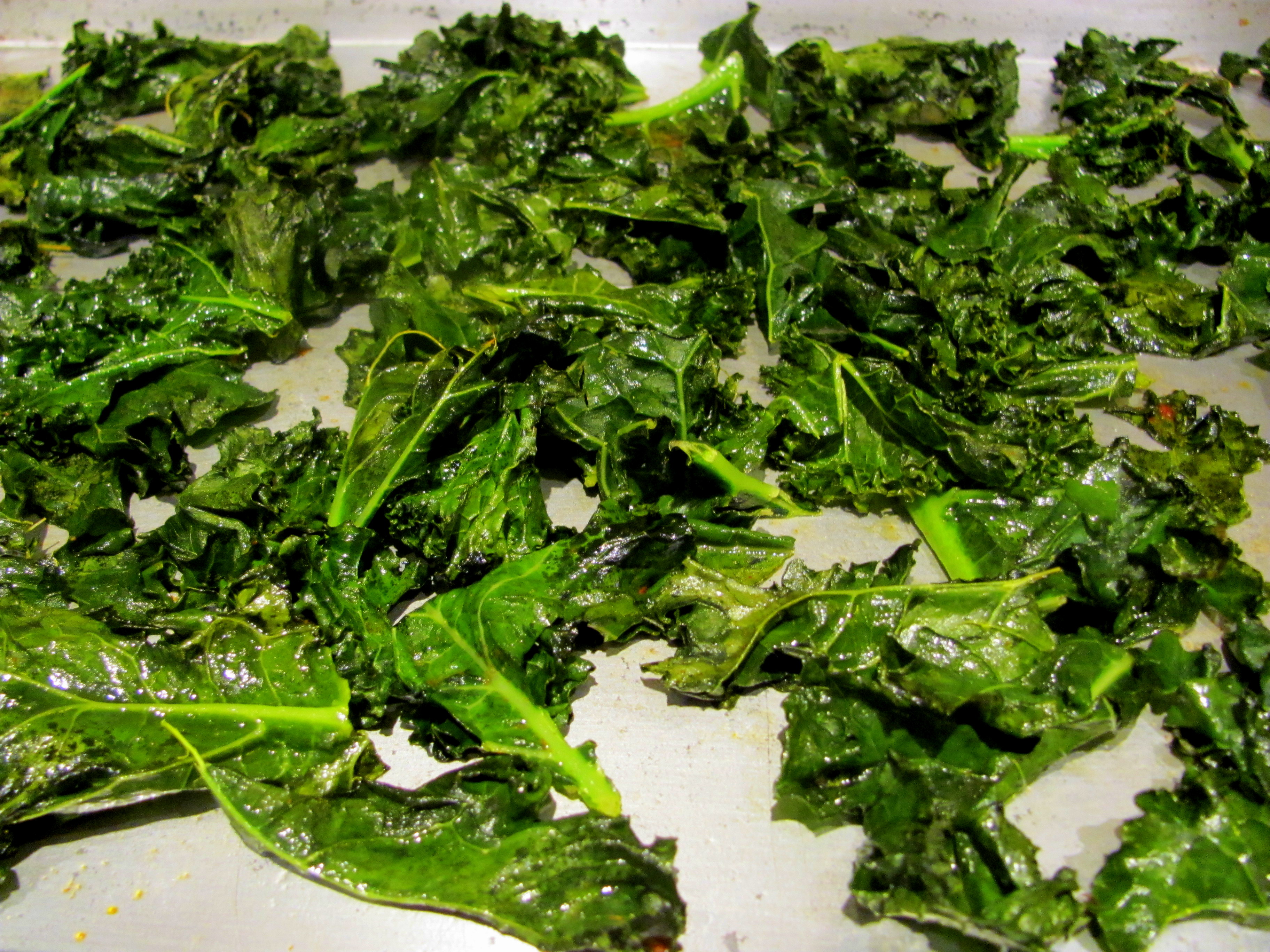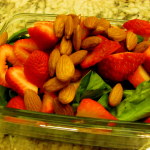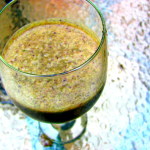Even when it reflects your passions, it’s not often you find yourself in a truly inspiring lecture while studying for a post-graduate degree; hey, it’s sad, but true. So, imagine my excitement at feeling completely touched by our third year Clinical Nutrition professor, Dr. P’s, incredible Thursday lecture.
We rarely delve into diet and food prescription in Clinical Nutrition, focusing instead on supplementation, but in this particular lecture we heard some amazing stories about how several people drastically changed the course of otherwise debilitating chronic diseases by simply changing their diets. I was never hugely into diets when I first embarked on my 4-year voyage through the naturopathic sea but, like a scurvy-ridden sailor, I’m starting to see the beauty of a whole foods diet.
Dr. P showed us a video of Dr. Terry Wehls, a medical doctor, who was diagnosed with multiple sclerosis. She reversed the course of her disease by eating a special diet that includes (in a day):
– 3 cups of leafy greens (such as spinach, kale, arugula, etc.)
– 3 cups of sulfur containing vegetables (such as cauliflower, cabbage, broccoli, spinach) and
– 3 cups of colourful veggies and fruits, such as berries.
You can watch her Ted Talk here:
[youtube=http://www.youtube.com/watch?v=KLjgBLwH3Wc]
Dr. Wehls advocates a paleolithic diet – a hunter-gatherer diet that bans grains, legumes and processed foods. I have already expressed my concerns about the lack of individuality of the Paleo diet, however I appreciated her concrete dietary advice, focusing more on what you put into your body – the vegetables – rather than focusing on what you don’t put into your body – the grains and legumes. The paleolithic diet discourages from eating grains and legumes but, I wonder if simply ingesting the 9 cups of fruits and vegetables as suggested by Dr. Wehls, eliminating allergens and increasing omega-3 fatty acids in the diet, wouldn’t have amazing benefits in and of itself.
I also love the idea of prescribing food the way you would a medicine: telling a patient to take 3 cups of kale a day, for instance, rather than a pill that contains one of the vitamins in kale: “Eat 3 cups of kale and call me in the morning!” Kale is a leafy green that is rich in an incredible amount of essential vitamins and minerals and one would have to take several pills in order to obtain the nutrients present in 3 cups of raw kale. Ingesting the food in its natural form means that, not only do we obtain these nutrients we also obtain other nutrients present in the food that scientists and nutritionists have yet to identify. In addition, I believe prescribing food gets people more actively involved in their health, teaches basic healthy-living skills, is inexpensive and sustainable. As Hippocrates said, “Let food be thy medicine and let medicine be thy food.”
So, while I don’t think I’ll adopt Dr. Wehl’s paleolithic diet, I can definitely see myself incorporating the 9 cups of vegetables (with 6 cups of leafy greens and sulfurous vegetables) into my diet in the future! Here’s a recipe to help get started:
“Prescription” Kale Chips:
Ingredients:
1/2 a bushel of fresh kale
1 tsp coconut oil
1 pinch of sea salt
1 pinch each of your favourite spices (I chose cumin, smoked paprika and chili powder, but you can add whatever you like).
Directions:
Preheat oven to 350 degrees F. Rip kale into chip-sized pieces, wash and dry. Spread the pieces out on a baking tray. In a small bowl, microwave the coconut oil for 20 seconds to melt it. Drizzle the melted oil on the kale and mix them together with your fingers. Spread them evenly again and add a pinch of your favourite spices and the sea salt.
Put in the oven for 7-10 minutes. Remove when time is up, mix the kale up and reinsert for another 7-10 minutes. Repeat 2-3 times until the kale is dried and crispy but still green. When the kale turns brown it means it’s burning and it’s time to take it out!
This is not the best way to cook kale, as dehydration should ideally be done by heating the oven, turning off the heat and then leaving the kale in the warmed oven overnight.
I’ve also tried a recipe that calls for cooking the kale at 140 degrees F for 4 hours, stopping at the 2 hour mark to mix the kale, and then reinserting into the oven. This fast, 20-minute way may not make the best kale chips but you can eat them sooner. Try them all to see which way works for you!
***This article is not meant to diagnose or treat any disease or medical condition. Naturopathic medicine is a completely individualized form of healthcare. Please talk to your naturopathic doctor to see if any of these recommendations is right for you.

